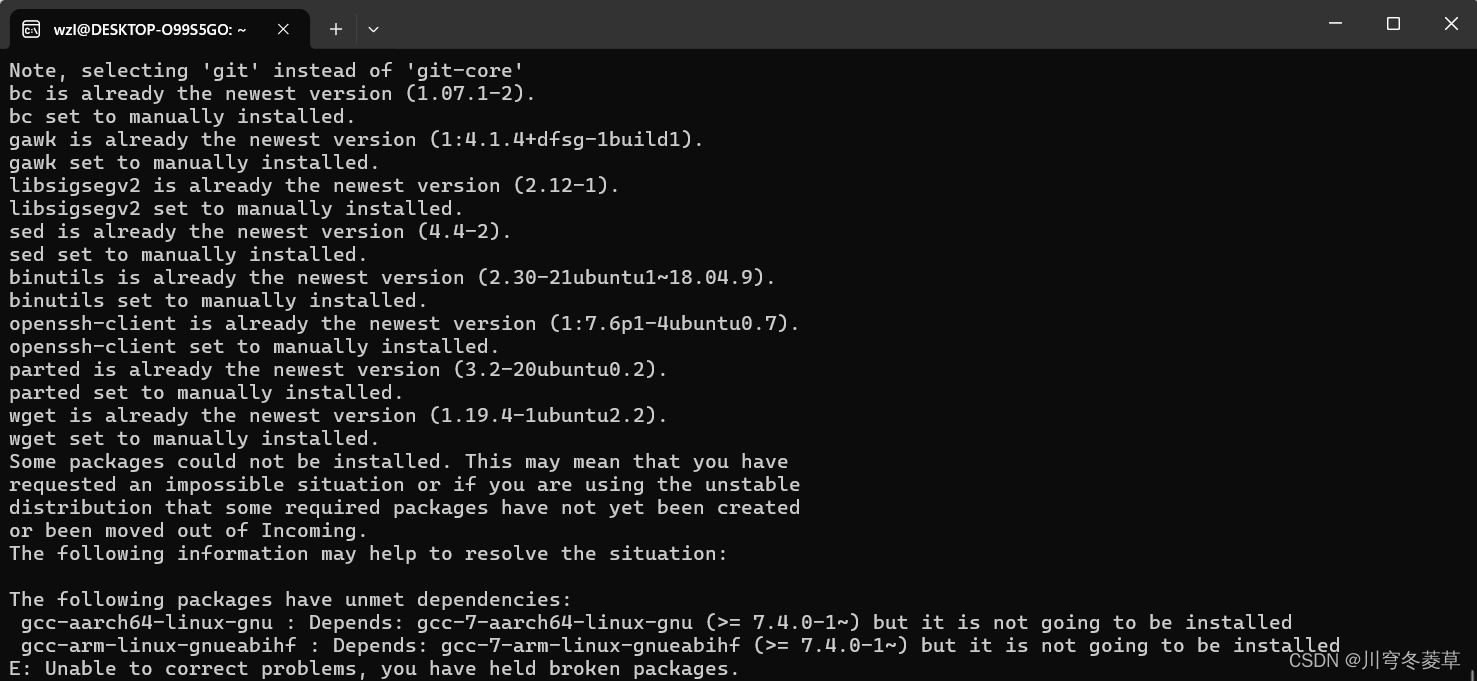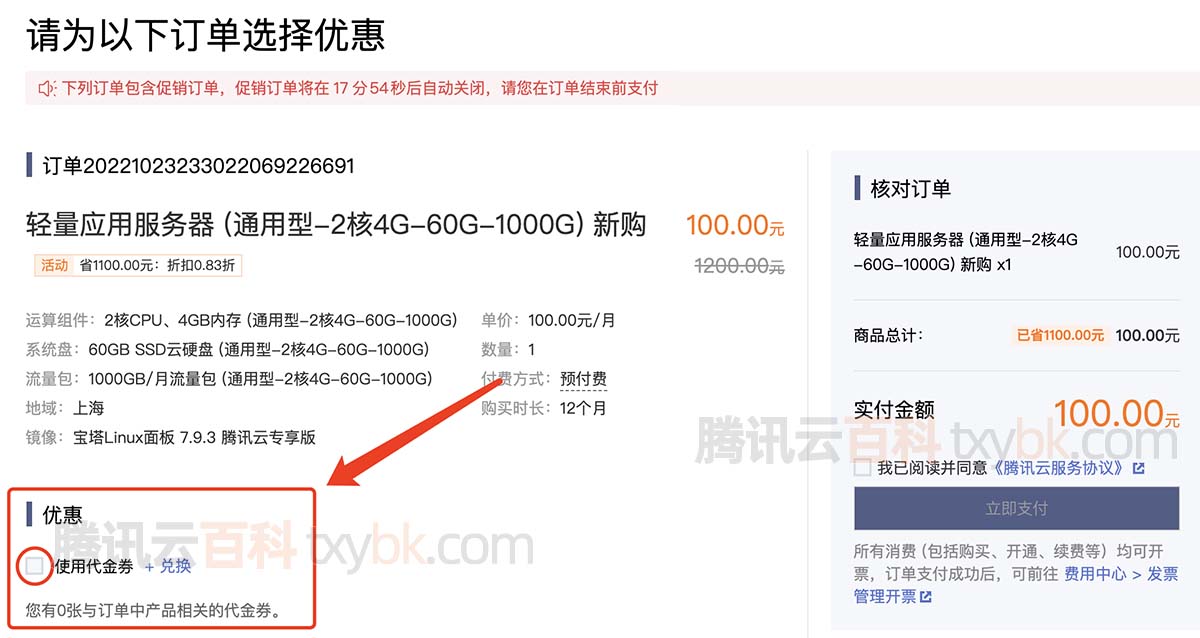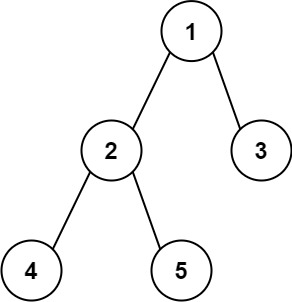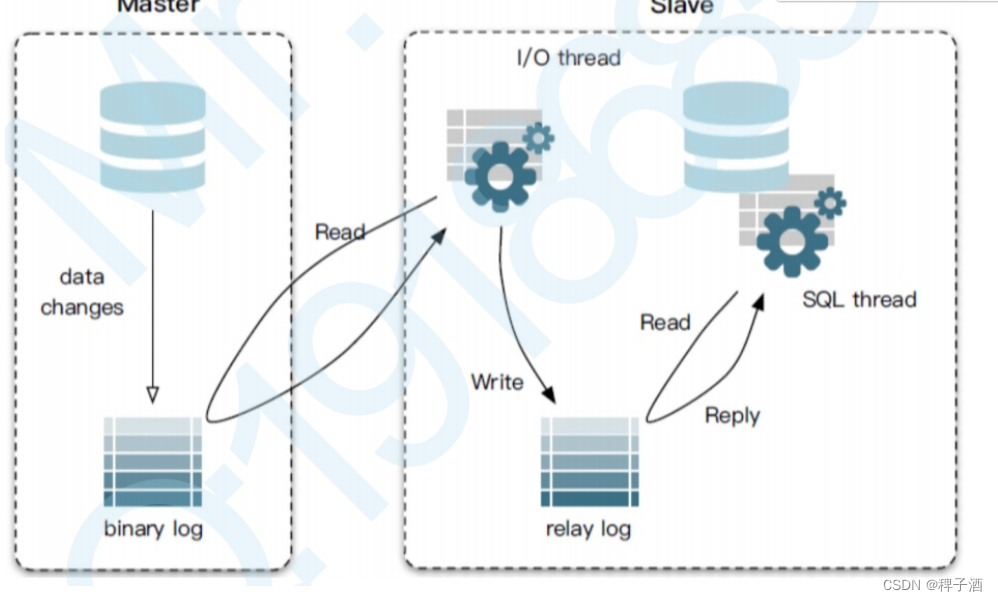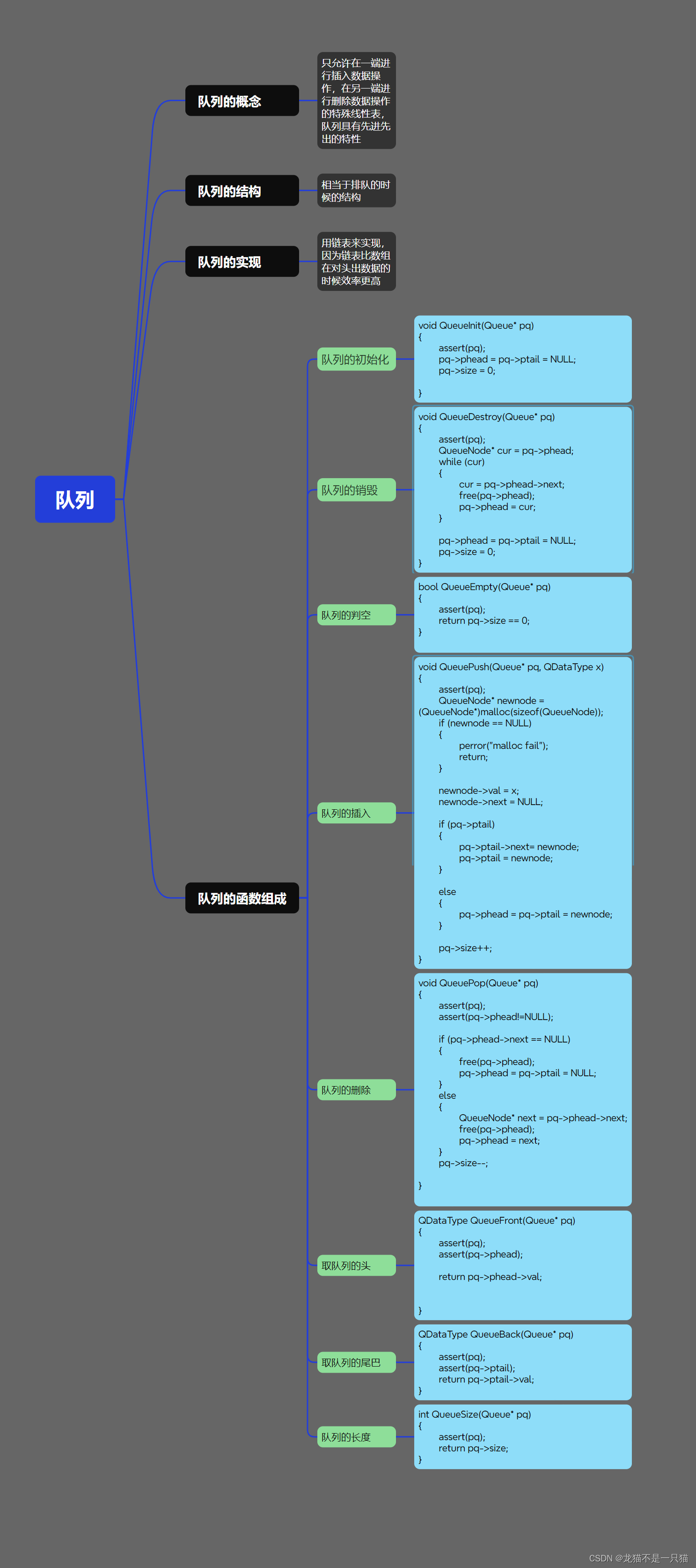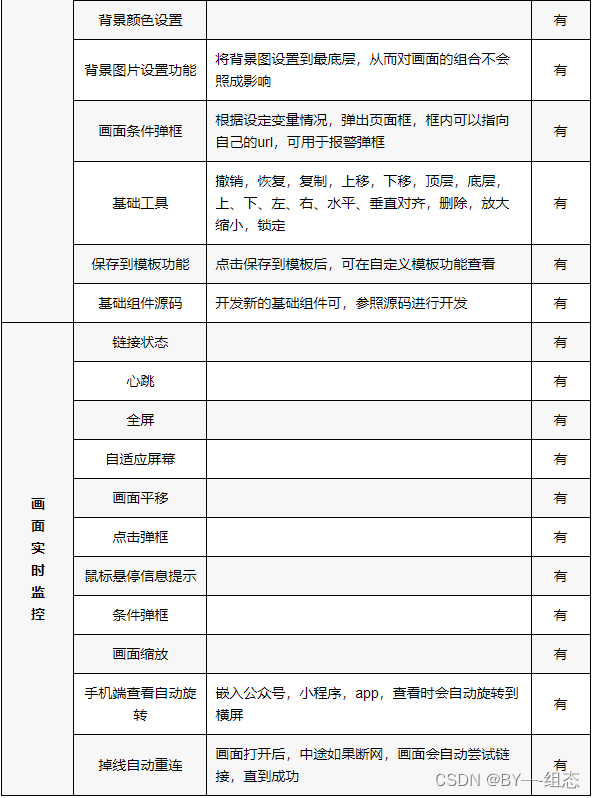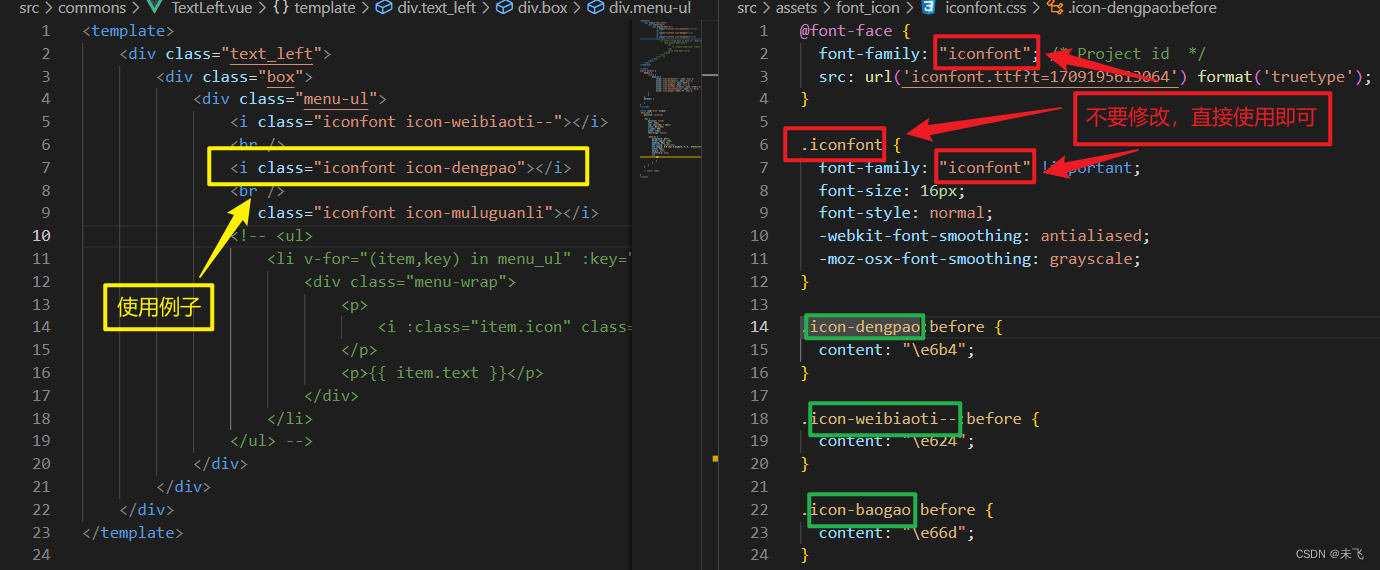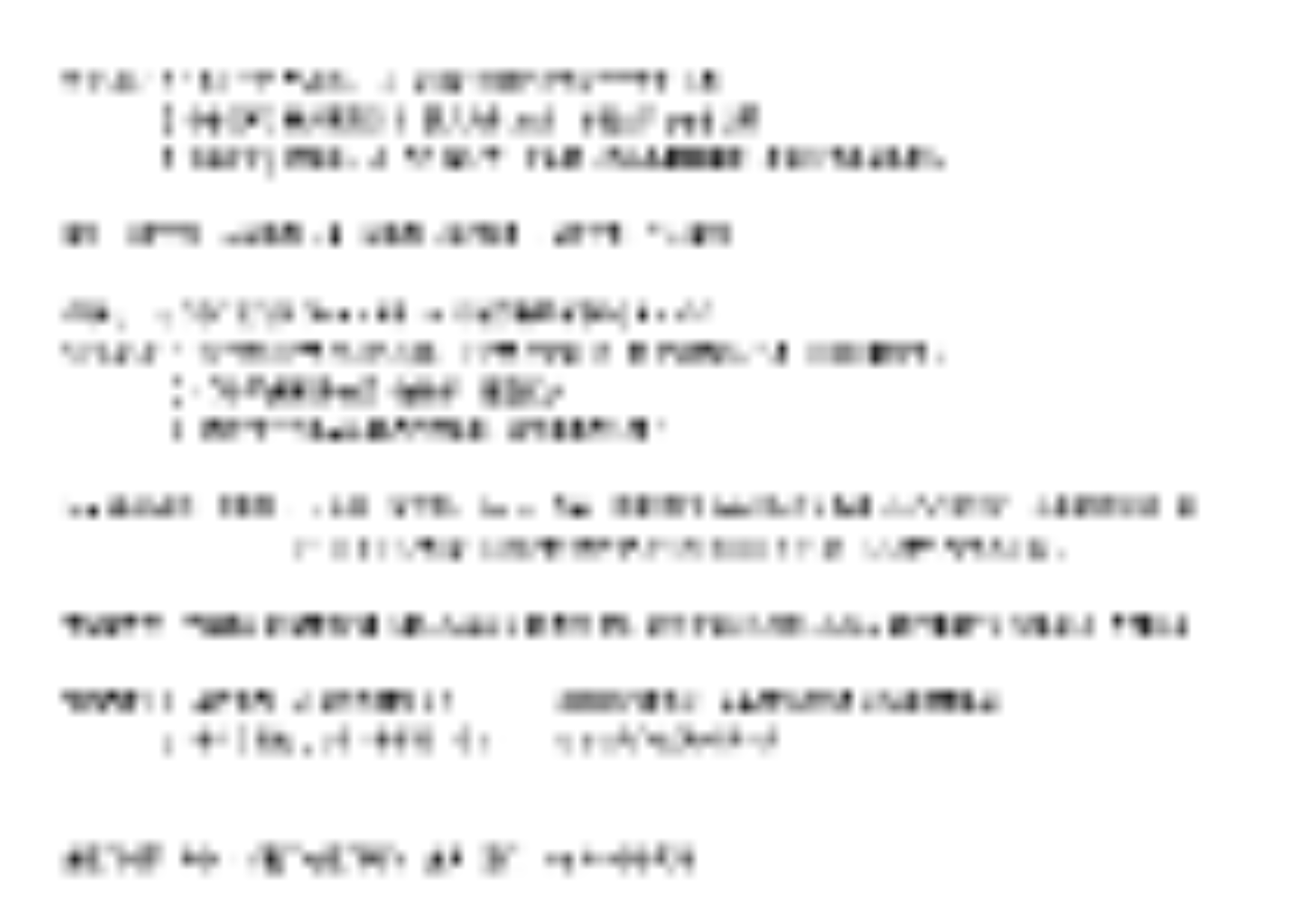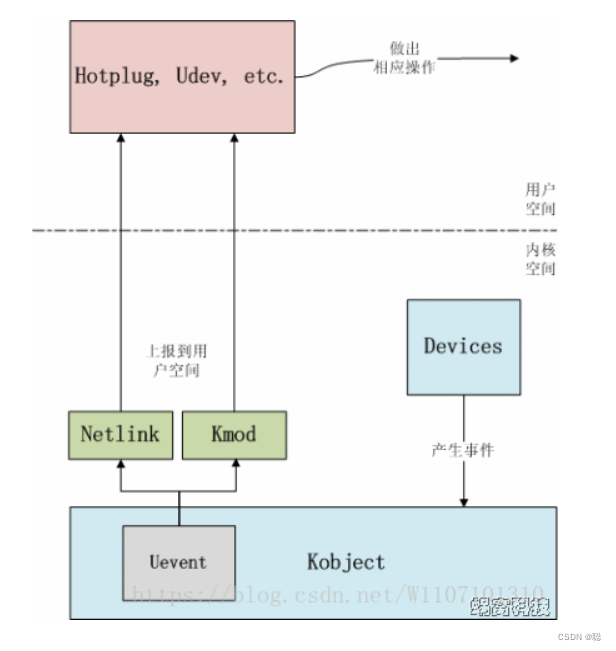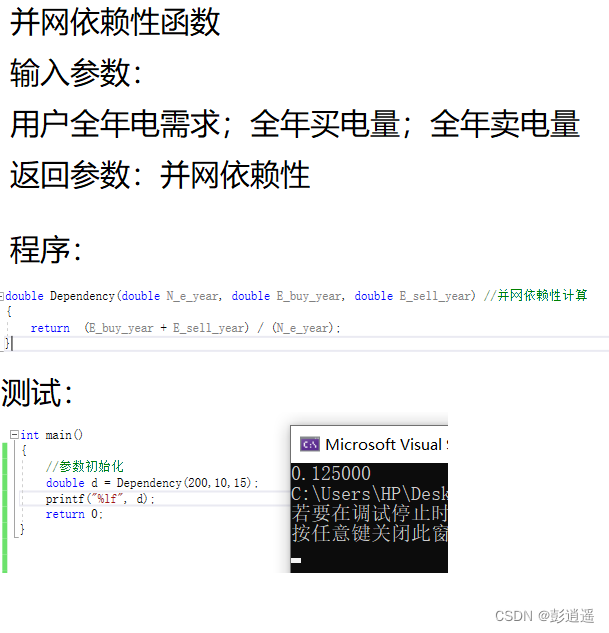这篇文章主要讲讲帖子详情功能。其实帖子详情功能简单来说就是你点进去可以看到文章,这就叫帖子详情功能。那接下来我讲讲我的这个项目是如何实现这个功能的。

首先写DAO层。
@Mapper
public interface DiscussPostMapper {
List<DiscussPost> selectDiscussPosts(int userId, int offset, int limit, int orderMode);
//查询讨论帖子列表的方法,根据给定的用户ID、偏移量、限制数量和排序方式来查询讨论帖子
int selectDiscussPostRows(@Param("userId") int userId);
//查询讨论帖子的总行数的方法,根据给定的用户ID来查询该用户发表的讨论帖子总数
int insertDiscussPost(DiscussPost discussPost);
//插入一条讨论帖子记录的方法,将给定的讨论帖子对象插入到数据库中
DiscussPost selectDiscussPostById(int id);
//根据给定的帖子ID查询讨论帖子的方法,返回对应ID的讨论帖子对象
int updateCommentCount(int id, int commentCount);
//更新讨论帖子的评论数量的方法,根据给定的帖子ID更新评论数量
int updateType(int id, int type);
//更新讨论帖子的类型的方法,根据给定的帖子ID更新类型
int updateStatus(int id, int status);
//更新讨论帖子的状态的方法,根据给定的帖子ID更新状态
int updateScore(int id, double score);
//更新讨论帖子的评分的方法,根据给定的帖子ID更新评分
}再来写Service层。
@PostConstruct
public List<DiscussPost> findDiscussPosts(int userId, int offset, int limit, int orderMode) {
if (userId == 0 && orderMode == 1) {
return postListCache.get(offset + ":" + limit);
}
logger.debug("load post list from DB.");
return discussPostMapper.selectDiscussPosts(userId, offset, limit, orderMode);
}
public int findDiscussPostRows(int userId) {
if (userId == 0) {
return postRowsCache.get(userId);
}
logger.debug("load post rows from DB.");
return discussPostMapper.selectDiscussPostRows(userId);
}
public int addDiscussPost(DiscussPost post) {
if (post == null) {
throw new IllegalArgumentException("参数不能为空!");
}
// 转义HTML标记
post.setTitle(HtmlUtils.htmlEscape(post.getTitle()));
post.setContent(HtmlUtils.htmlEscape(post.getContent()));
// 过滤敏感词
post.setTitle(sensitiveFilter.filter(post.getTitle()));
post.setContent(sensitiveFilter.filter(post.getContent()));
return discussPostMapper.insertDiscussPost(post);
}
public DiscussPost findDiscussPostById(int id) {
return discussPostMapper.selectDiscussPostById(id);
}
public int updateCommentCount(int id, int commentCount) {
return discussPostMapper.updateCommentCount(id, commentCount);
}
public int updateType(int id, int type) {
return discussPostMapper.updateType(id, type);
}
public int updateStatus(int id, int status) {
return discussPostMapper.updateStatus(id, status);
}
public int updateScore(int id, double score) {
return discussPostMapper.updateScore(id, score);
}
service层的代码是一个帖子(DiscussPost)的服务类,提供了一些操作帖子的方法,并使用了缓存来提高性能。这段代码有点长,所以读起来有点费力,我讲一下我对这些代码的理解吧。
findDiscussPosts()方法用于查询帖子列表。如果传入的用户ID为0且排序方式为1(orderMode == 1),则直接从缓存中获取对应的结果;否则,调用数据库查询方法从数据库中获取结果。findDiscussPostRows()方法用于查询帖子总数。如果传入的用户ID为0,则直接从缓存中获取对应的结果;否则,调用数据库查询方法从数据库中获取结果。addDiscussPost()方法用于添加帖子。在添加之前,会对帖子的标题和内容进行转义HTML标记和敏感词过滤的处理,然后调用数据库操作方法将帖子插入到数据库中,并返回插入的结果。- 其他方法如
findDiscussPostById()、updateCommentCount()、updateType()、updateStatus()、updateScore()都是调用数据库操作方法来更新或查询帖子的相关信息。
service层大概就是这些,虽然说比较长,但是还是很容易懂的,controller层更加长。
最后写controller层。
@Controller
@RequestMapping("/discuss")
public class DiscussPostController implements CommunityConstant {
@RequestMapping(path = "/add", method = RequestMethod.POST)
@ResponseBody
public String addDiscussPost(String title, String content) {
User user = hostHolder.getUser();
if (user == null) {
return CommunityUtil.getJSONString(403, "你还没有登录哦!");
}
DiscussPost post = new DiscussPost();
post.setUserId(user.getId());
post.setTitle(title);
post.setContent(content);
post.setCreateTime(new Date());
discussPostService.addDiscussPost(post);
// 触发发帖事件
Event event = new Event()
.setTopic(TOPIC_PUBLISH)
.setUserId(user.getId())
.setEntityType(ENTITY_TYPE_POST)
.setEntityId(post.getId());
eventProducer.fireEvent(event);
// 计算帖子分数
String redisKey = RedisKeyUtil.getPostScoreKey();
redisTemplate.opsForSet().add(redisKey, post.getId());
// 报错的情况,将来统一处理.
return CommunityUtil.getJSONString(0, "发布成功!");
}
@RequestMapping(path = "/detail/{discussPostId}", method = RequestMethod.GET)
public String getDiscussPost(@PathVariable("discussPostId") int discussPostId, Model model, Page page) {
// 帖子
DiscussPost post = discussPostService.findDiscussPostById(discussPostId);
model.addAttribute("post", post);
// 作者
User user = userService.findUserById(post.getUserId());
model.addAttribute("user", user);
// 点赞数量
long likeCount = likeService.findEntityLikeCount(ENTITY_TYPE_POST, discussPostId);
model.addAttribute("likeCount", likeCount);
// 点赞状态
int likeStatus = hostHolder.getUser() == null ? 0 :
likeService.findEntityLikeStatus(hostHolder.getUser().getId(), ENTITY_TYPE_POST, discussPostId);
model.addAttribute("likeStatus", likeStatus);
// 评论分页信息
page.setLimit(5);
page.setPath("/discuss/detail/" + discussPostId);
page.setRows(post.getCommentCount());
// 评论: 给帖子的评论
// 回复: 给评论的评论
// 评论列表
List<Comment> commentList = commentService.findCommentsByEntity(
ENTITY_TYPE_POST, post.getId(), page.getOffset(), page.getLimit());
// 评论VO列表
List<Map<String, Object>> commentVoList = new ArrayList<>();
if (commentList != null) {
for (Comment comment : commentList) {
// 评论VO
Map<String, Object> commentVo = new HashMap<>();
// 评论
commentVo.put("comment", comment);
// 作者
commentVo.put("user", userService.findUserById(comment.getUserId()));
// 点赞数量
likeCount = likeService.findEntityLikeCount(ENTITY_TYPE_COMMENT, comment.getId());
commentVo.put("likeCount", likeCount);
// 点赞状态
likeStatus = hostHolder.getUser() == null ? 0 :
likeService.findEntityLikeStatus(hostHolder.getUser().getId(), ENTITY_TYPE_COMMENT, comment.getId());
commentVo.put("likeStatus", likeStatus);
// 回复列表
List<Comment> replyList = commentService.findCommentsByEntity(
ENTITY_TYPE_COMMENT, comment.getId(), 0, Integer.MAX_VALUE);
// 回复VO列表
List<Map<String, Object>> replyVoList = new ArrayList<>();
if (replyList != null) {
for (Comment reply : replyList) {
Map<String, Object> replyVo = new HashMap<>();
// 回复
replyVo.put("reply", reply);
// 作者
replyVo.put("user", userService.findUserById(reply.getUserId()));
// 回复目标
User target = reply.getTargetId() == 0 ? null : userService.findUserById(reply.getTargetId());
replyVo.put("target", target);
// 点赞数量
likeCount = likeService.findEntityLikeCount(ENTITY_TYPE_COMMENT, reply.getId());
replyVo.put("likeCount", likeCount);
// 点赞状态
likeStatus = hostHolder.getUser() == null ? 0 :
likeService.findEntityLikeStatus(hostHolder.getUser().getId(), ENTITY_TYPE_COMMENT, reply.getId());
replyVo.put("likeStatus", likeStatus);
replyVoList.add(replyVo);
}
}
commentVo.put("replys", replyVoList);
// 回复数量
int replyCount = commentService.findCommentCount(ENTITY_TYPE_COMMENT, comment.getId());
commentVo.put("replyCount", replyCount);
commentVoList.add(commentVo);
}
}
model.addAttribute("comments", commentVoList);
return "/site/discuss-detail";
}
// 置顶
@RequestMapping(path = "/top", method = RequestMethod.POST)
@ResponseBody
public String setTop(int id) {
discussPostService.updateType(id, 1);
// 触发发帖事件
Event event = new Event()
.setTopic(TOPIC_PUBLISH)
.setUserId(hostHolder.getUser().getId())
.setEntityType(ENTITY_TYPE_POST)
.setEntityId(id);
eventProducer.fireEvent(event);
return CommunityUtil.getJSONString(0);
}
// 加精
@RequestMapping(path = "/wonderful", method = RequestMethod.POST)
@ResponseBody
public String setWonderful(int id) {
discussPostService.updateStatus(id, 1);
// 触发发帖事件
Event event = new Event()
.setTopic(TOPIC_PUBLISH)
.setUserId(hostHolder.getUser().getId())
.setEntityType(ENTITY_TYPE_POST)
.setEntityId(id);
eventProducer.fireEvent(event);
// 计算帖子分数
String redisKey = RedisKeyUtil.getPostScoreKey();
redisTemplate.opsForSet().add(redisKey, id);
return CommunityUtil.getJSONString(0);
}
// 删除
@RequestMapping(path = "/delete", method = RequestMethod.POST)
@ResponseBody
public String setDelete(int id) {
discussPostService.updateStatus(id, 2);
// 触发删帖事件
Event event = new Event()
.setTopic(TOPIC_DELETE)
.setUserId(hostHolder.getUser().getId())
.setEntityType(ENTITY_TYPE_POST)
.setEntityId(id);
eventProducer.fireEvent(event);
return CommunityUtil.getJSONString(0);
}
}这段代码是一个控制器类,处理与帖子相关的请求。
首先是 addDiscussPost() 方法,用于处理发布帖子的请求。在方法中首先判断用户是否登录,如果未登录则返回相应的提示信息。然后根据传入的参数创建一个 DiscussPost 对象,并设置相应的属性。接下来调用 discussPostService.addDiscussPost(post) 方法将帖子插入到数据库中。之后触发一个发帖事件,并计算帖子的分数。最后返回一个 JSON 格式的发布成功信息。
接下来是 getDiscussPost() 方法,用于获取帖子详情的请求。首先根据传入的帖子ID调用 discussPostService.findDiscussPostById(discussPostId) 方法获取帖子对象,并将帖子对象添加到 Model 中。然后获取帖子的作者、点赞数量和点赞状态,并将它们添加到 Model 中。接着设置评论的分页信息,并调用 commentService.findCommentsByEntity() 方法获取帖子的评论列表。通过遍历评论列表,将每个评论及其相关信息封装成一个评论VO(Map<String, Object>),并将评论VO添加到评论VO列表中。对于每个评论,还会获取其回复列表,并将每个回复及其相关信息封装成一个回复VO(Map<String, Object>),再将回复VO添加到回复VO列表中。最后将评论VO列表添加到 Model 中,并返回一个指向帖子详情页面的视图。
接下来是 setTop() 方法,用于置顶帖子的请求。在方法中调用 discussPostService.updateType(id, 1) 方法将帖子的类型设置为置顶。然后触发一个发帖事件,并返回一个 JSON 格式的成功信息。
最后是 setDelete() 方法,用于删除帖子的请求。在方法中调用 discussPostService.updateStatus(id, 2) 方法将帖子的状态设置为删除。然后触发一个删帖事件,并返回一个 JSON 格式的成功信息。
其实对于帖子详情这里并不算太重要,我觉得好好看看,知道有这么一回事儿就行,不需要刻意的去背,背的话其实也用不到,但是你确实需要知道这么一回事儿。



